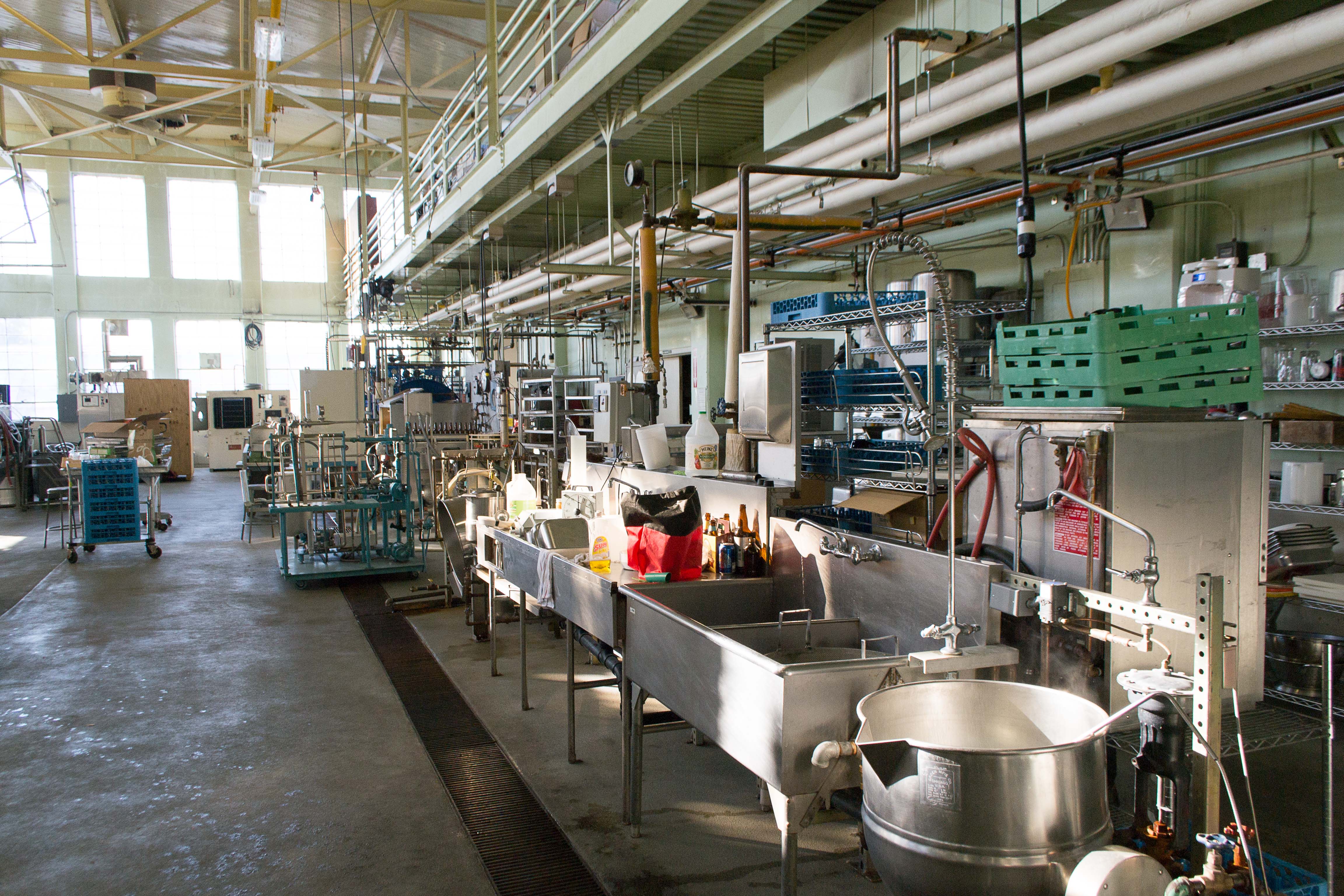
Photo from academic.microsoft.com
Dysphagia is the difficulty during the progression of the bolus from the mouth to the stomach. Modifying the texture of the food is a fundamental factor for safe swallowing in… Click to show full abstract
Dysphagia is the difficulty during the progression of the bolus from the mouth to the stomach. Modifying the texture of the food is a fundamental factor for safe swallowing in patients with dysphagia since inadequate consistency can result in complications. To personalize and develop diets for dysphagia, understanding and controlling the rheological and sensory properties of thickeners is useful. This review examines the different types of thickeners used to modify the texture of foods, as well as their influence on rheological properties and sensory attributes to efficiently manage the diet in dysphagia. The study discusses characteristics such as: hardness, viscosity, viscoelasticity, as well as sensory attributes related to rheology. The thickeners xanthan gum, MC, CMC, guar gum, linseed and chia, CMCD and KGM were reviewed in this work. Sensory evaluations of different foods have already been carried out on some products such as: meats, carrots, soups, pates and timbales with their modified textures. The sensory attributes measured among hydrocolloids are strongly correlated with rheological parameters. Dysphagic diets should have less hardness and adherence, but with adequate cohesiveness to facilitate chewing, swallowing to protect from aspiration and reduction of residues in the oropharynx. The use of a single type of thickener may not be ideal, their mixtures and synergistic effect can improve the viscous and elastic characteristics of foods, to obtain safe food to swallow and to improve the sensory interest of dysphagic patients. Personalized recommendations with follow-up on swallowing approaches, respecting patient's individuality, explaining thickening agents' differences would be pertinent.
Journal Title: Journal of texture studies
Year Published: 2021
Link to full text (if available)
Share on Social Media: Sign Up to like & get
recommendations!